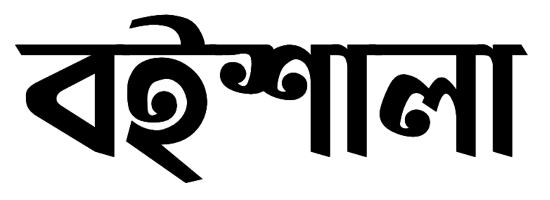The analytical methods of the food chemist are applied: in the development and enforcement of standards of identity purity or value; in problems of decomposition under either normal or abnormal storage conditions; in studies designed to improve or control the quality of natural or processed foods; in the determination of the nutritive value of foods for scientific dietary or labeling purposes; in the technical control of foods being processed; in the technical control or supervision of raw materials being purchased; or in problems of a toxicological or forensic nature. The scope of this book has been enlarged in order to serve these purposes.
TABLE OF CONTENTS
* Preface
* Definition of Terms and Explanatory Notes
* General Methods
* Physical Chemical Methods
* Coloring Matters in Foods
* Chemical Preservatives in Foods
* Metals in Foods
* Chemial Food Poisoningv Milk and Cream
* Milk Products
* Oils and Fats
* Sugar Foods and Carbohydrates
* Gums, Cereals, Starch, Other Polyeacclarides, Flour, and Bread
* Jams, Jellies, and Fruits
* Vegetable Products
* Spices, Flavors and Condiments
* Nonalocoholic Beverages and Allied Products
* Meat, Meat Productos, Fish, and Eggs
* Vitamins
* Inorganic Determinators
* Flavor and Quality Measurement
* Filtie and Decomposition in Foods
* Field Tests
* Radiochemical Determinations
* Pesticide Residues
* Artificial Sweetening Agents
* Appendix
* Subject Index
